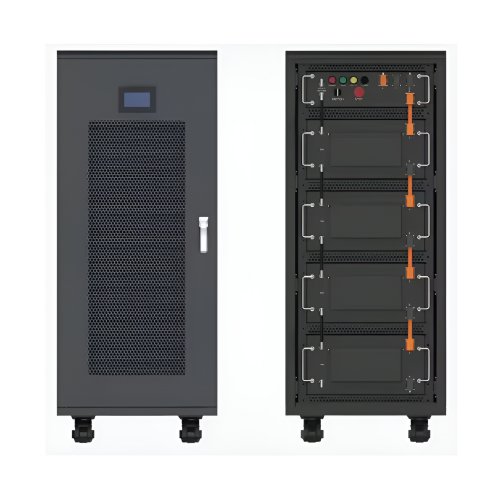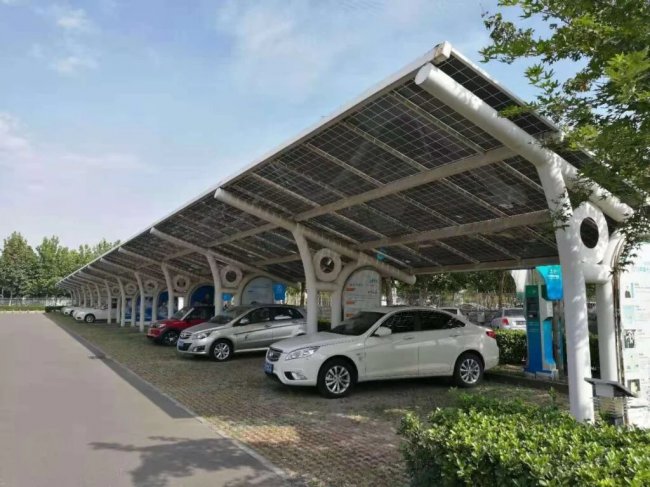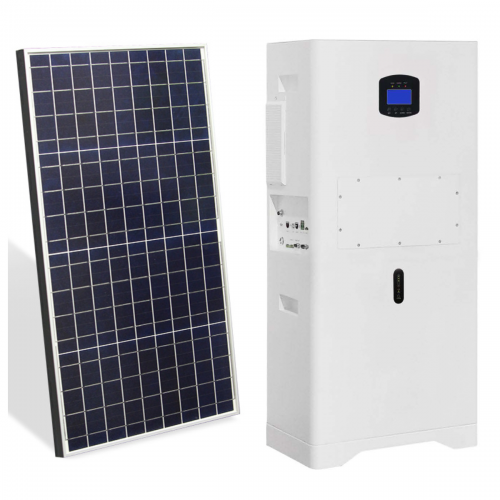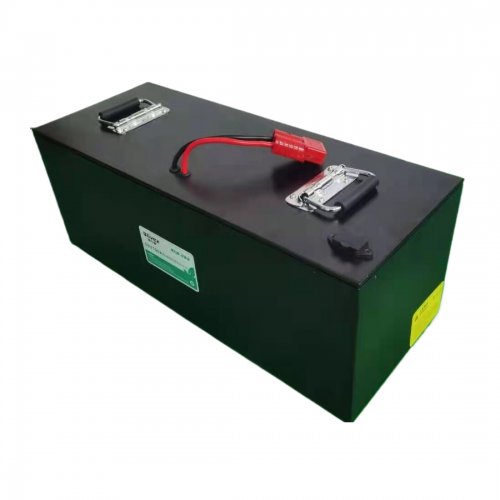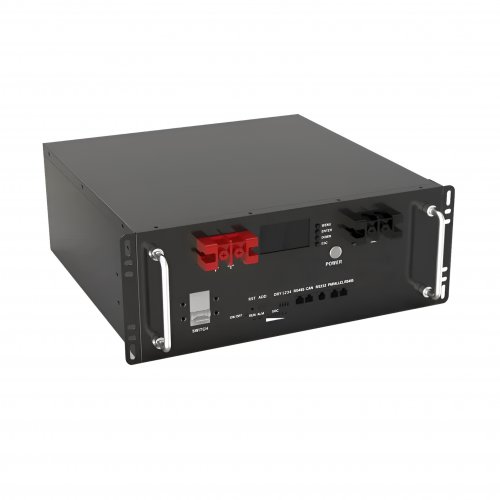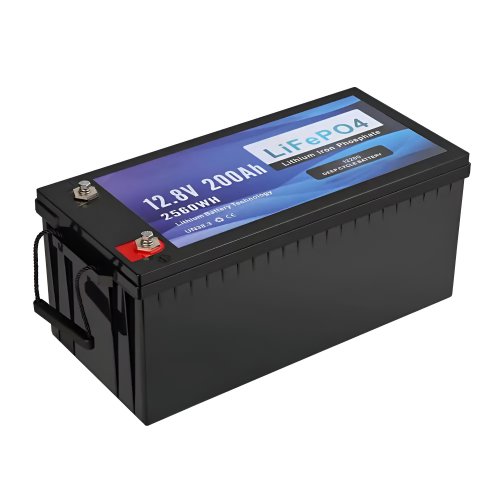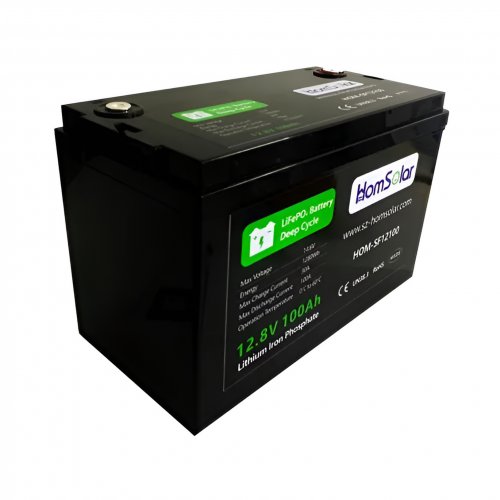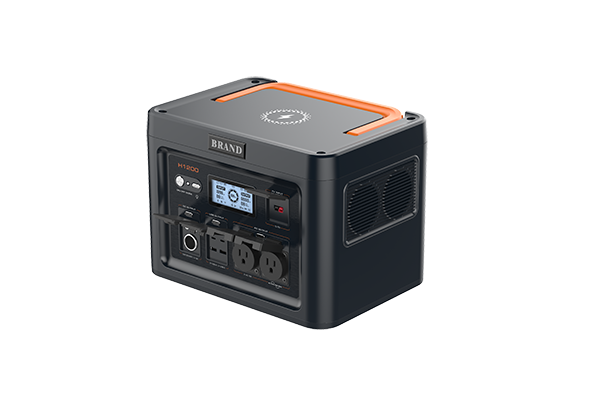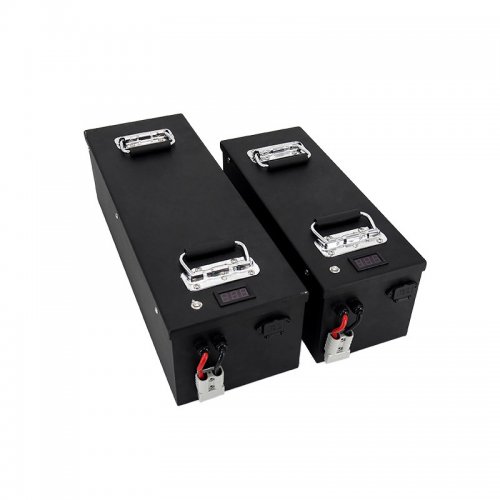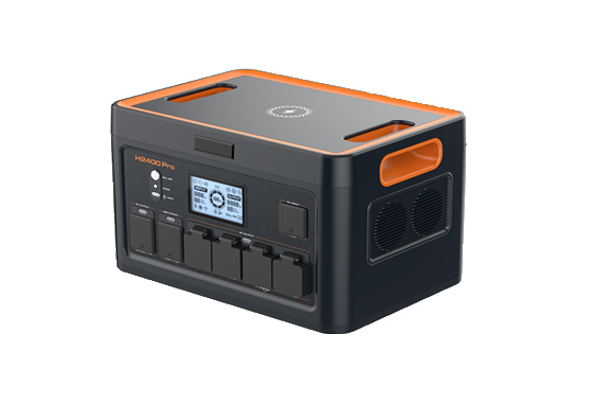The great grid transition in the age of data centers and EVs
From pv magazine USA
The U.S. energy grid is under unprecedented strain, driven by surging demand from data centers supporting artificial intelligence (AI) and the rapid adoption of electrification and electric vehicles (EVs). As these two sectors expand, their combined power needs are propelling the nation’s energy consumption to new highs, forcing the grid to adapt to sustain modern technological and environmental ambitions.
The rapid advancement of AI-powered data centers alone is expected to account for 8% of the U.S.’s total energy consumption by 2030, up from 3% in 2022, while energy usage from EV infrastructure is also . This trend has escalated the need to fortify the energy grid, ensuring it can handle the demands of a digitally connected, electrified future. Meeting these rising energy requirements while maintaining grid stability is no small feat. It requires adopting innovative energy strategies like distributed energy resources (DERs) and microgrids, which offer viable solutions for a more resilient, responsive energy infrastructure.
Data centers, EVs, and the grid’s growing complexity
The transformation of energy infrastructure is particularly urgent in places like “” in Virginia, where power demands are peaking. Data centers—the lifeblood of AI and cloud computing—are clustered in such areas, pushing grid capacity to its limits. Meanwhile, the surge in EVs is exerting similar pressures on local grids, as the demand for EV charging infrastructure explodes, especially in high-density regions like Los Angeles and the Bay Area.
This dual pressure from AI and EVs doesn’t merely reflect a need for more energy; it also complicates the logistics of power distribution, especially as utilities aim to reduce carbon emissions and bolster grid security. Extreme weather events and climate impacts have further underscored the necessity of a resilient grid capable of handling both expected and sudden demands. The grid’s evolution, however, doesn’t stop at adding capacity, it requires an agile, distributed model that supports local power generation and rapid response to demand fluctuations.
The role of microgrids in a resilient future
Microgrids have emerged as essential tools in the quest for a more sustainable, resilient energy system. Unlike traditional grids that rely on large, centralized power plants, microgrids operate as self-contained networks that can generate, store, and use electricity on-site. This ability allows them to maintain operations independently from the main grid during power outages or when energy demand surges. Microgrids also offer the flexibility to integrate renewable energy sources like solar and wind, which aligns well with decarbonization goals while adding a layer of energy independence.
Microgrids are designed to provide three main benefits: ensuring energy resilience, enhancing cost predictability, and integrating clean energy resources. For example, JFK Airport’s smart grid—incorporating solar power and on-site battery storage—provides energy backup during disruptions, demonstrating how critical infrastructure can maintain operations even when the central grid falters. Such models underscore the value of microgrids as a solution for facilities and communities aiming to fortify themselves against outages and grid instability.
The deployment of microgrids is also a compelling economic opportunity. By generating and storing energy locally, organizations and communities gain control over energy costs, reduce reliance on external power, and can even sell surplus power back to the main grid. For facilities managing high-demand operations, such as data centers, these capabilities add reliability while also supporting sustainability by using renewable power.
Overcoming barriers to widespread microgrid adoption
Despite their potential, microgrids face hurdles that have limited their widespread adoption across commercial, industrial and infrastructure applications. Regulatory complexity, high upfront costs, and a lack of standardized systems have hampered microgrid scalability. Unlike solar or wind projects that benefit from federal-level incentives and streamlined regulations, microgrid policies vary widely by state, creating uncertainty for investors and operators. Current microgrid projects are often custom engineered, resulting in prolonged deployment timelines and significant costs, typically ranging between $2 to 5 million per megawatt.
To overcome these obstacles, energy innovators are exploring new financial models like “energy as a service” (EaaS), which can make microgrids more financially accessible by spreading costs over time and bring in the expertise to further manage complexity and risk. The introduction of standardized, modular microgrid solutions is also expected to transform the industry. By using pre-designed, pre-tested systems with integrated battery storage and energy management software, microgrid deployment can be shortened from years to months, slashing both costs and complexity. These standard solutions can help scale microgrid deployment across industries, from public infrastructure to private corporations, making them feasible for a broader array of users.
Envisioning a decentralized, resilient energy landscape
Customized/OEM/ODM Service
HomSolar Supports Lifepo4 battery pack customization/OEM/ODM service, welcome to contact us and tell us your needs.


HomSolar: Your One-stop LiFePO4 Battery Pack & ESS Solution Manufacturer
Our line of LiFePO4 (LFP) batteries offer a solution to demanding applications that require a lighter weight, longer life, and higher capacity battery. Features include advanced battery management systems (BMS), Bluetooth® communication and active intelligent monitoring.

Customised Lithium Iron Phosphate Battery Casing
ABS plastic housing, aluminium housing, stainless steel housing and iron housing are available, and can also be designed and customised according to your needs.

HomSolar Smart BMS
Intelligent Battery Management System for HomSolar Energy Storage System. Bluetooth, temperature sensor, LCD display, CAN interface, UART interface also available.


Terminals & Plugs Can Be Customized
A wide range of terminals and plugs can be customised to suit the application needs of your battery products.

Well-designed Solutions for Energy Storage Systems
We will design the perfect energy storage system solution according to your needs, so that you can easily solve the specific industry applications of battery products.



About Our Battery Cells
Our energy storage system products use brand new grade A LiFePO4 cells with a battery lifespan of more than 4,000 charge/discharge cycles.



Applications in Different Industries
We supply customized & OEM battery pack, assemble cells with wiring, fuse and plastic cover, all the cell wires connected to PCB plug or built BMS.
Applications: E-bike, Electric Scooter, Golf Carts, RV, Electric Wheelchair, Electric Tools, Robot Cleaner, Robot Sweeper, Solar Energy Storage System, Emergency Light, Solar Power Light, Medical Equipment, UPS Backup Power Supply.
We can provide you with customized services. We have the ability to provide a vertical supply chain, from single cells to pack/module and to a complete power solution with BMS, etc.


HomSolar (Shenzhen) Technology Co., Ltd







